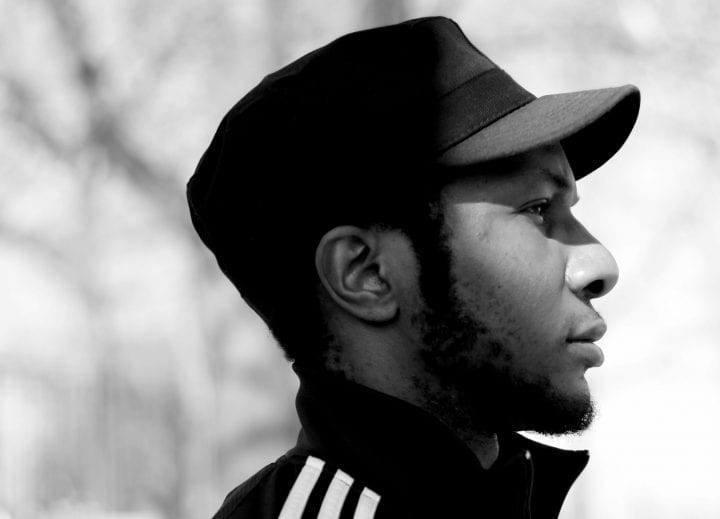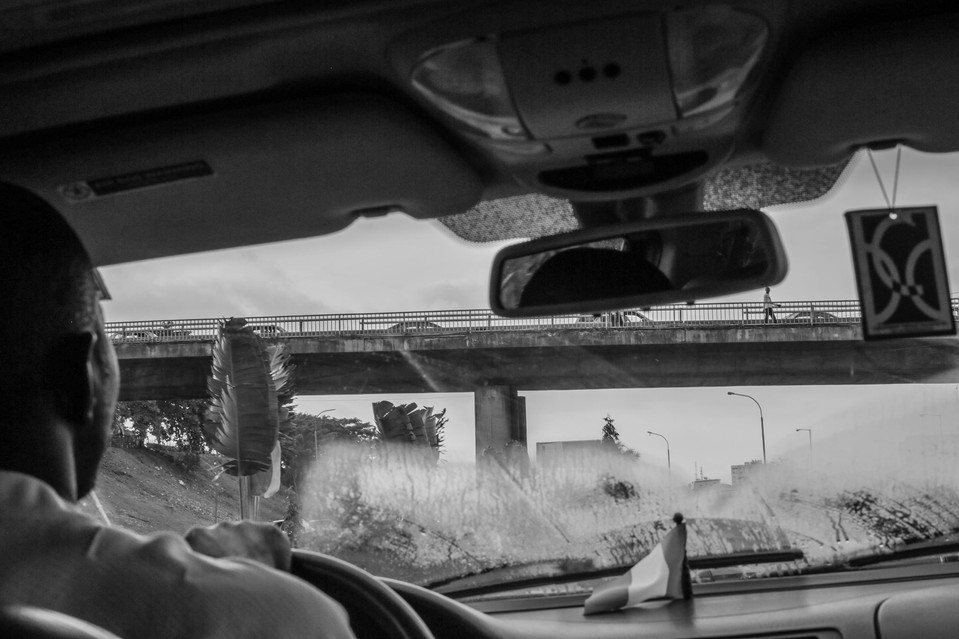
Required Reading: Teju Cole
April 20, 2016
As part of our Required Reading series, we share a list of three essential works for each of SAL’s featured writers. Up this time: multi-talented writer, art historian, and photographer Teju Cole.
Open City
Glancing at the title Open City, obvious associations spring to mind: open-minded, open-hearted, open-ended. Yet, the more sinister interpretation of “open city” is its literal definition: a city announcing that it has abandoned all defensive efforts in a war, leaving it open to invading forces. This duality captures Cole’s knack to be at once welcoming and disconcerting in his prose. At its core, Open City is a remarkably haunting novel about dislocation and identity (probably why it was the winner of the PEN/Hemingway Award, the Internationaler Literaturpreis, the Rosenthal Award of the American Academy of Arts and Letters, and the New York City Book Award for Fiction).
In this novel, Cole presents the interior life of graduate student Julius and his relationship with the cities of New York, Lagos, and Brussels. Somehow both far-reaching and intimate, Open City follows Julius as he ponders everything from jazz, race, to growing up in Nigeria—and recollects rich conversations with a host of strangers and friends. Cole’s stream-of-consciousness might recall to readers the works of W.G. Sebald, the German novelist, or Proust’s Remembrance of Things Past:
We experience life as a continuity, and only after it falls away, after it becomes the past, do we see its discontinuities. The past, if there is such a thing, is mostly empty space, great expanses of nothing, in which significant persons and events float. Nigeria was like that for me: mostly forgotten, except for those few things that I remembered with an outsize intensity. These were the things that had been solidified in my mind by reiteration, that recurred in dreams and daily thoughts: certain faces, certain conversations, which, taken as a group, represented a secure version of the past that I had been constructing since 1992. But there was another, irruptive, sense of things past. The sudden reencounter, in the present, of something or someone long forgotten, some part of myself I had relegated to childhood and to Africa. An old friend came to me out of this latter past, a friend, or rather than acquaintance whom memory now made convenient to think of as a friend, so that what seemed to have vanished entirely existed once again.

Lagos, 2013. Photograph by Teju Cole.
“Black Body: Rereading James Baldwin’s ‘Stranger in the Village,'” The New Yorker
“From all available evidence,” James Baldwin begins in his essay “Stranger in the Village,” “No black man had ever set foot in this tiny Swiss village before I came.” Over sixty years later, Teju Cole revisits that same village – Leukerbad, Switzerland – just as the shooting of Michael Brown plays out in Ferguson, Missouri.
In “Black Body,” Cole experiences a double-body moment: he and Baldwin inhabit a shared space – across time and cultures – as custodians of black bodies. This prescient essay describes the many moving parts of racism, and especially the ways in which American racism has had many centuries to evolve its impressive camouflage (what Cole calls “a vampiric ‘everything but the burden’ co-option of black life”). He writes:
This fantasy about the disposability of black life is a constant in American history. It takes a while to understand that this disposability continues. It takes whites a while to understand it; it takes non-black people of color a while to understand it; and it takes some blacks, whether they’ve always lived in the U.S. or are latecomers like myself, weaned elsewhere on other struggles, a while to understand it. American racism has many moving parts, and has had enough centuries in which to evolve an impressive camouflage. It can hoard its malice in great stillness for a long time, all the while pretending to look the other way. Like misogyny, it is atmospheric. You don’t see it at first. But understanding comes.

James Baldwin, 1979. Photograph by Ted Thai/The Life Picture Collection/Getty.
“Perfect and Unrehearsed,” The New York Times Magazine
Back in 1971, John Szarkowski – the Director of Photography at New York’s MoMa – said that “the simplicity of photography lies in the fact that it is very easy to make a picture. The staggering complexity of it lies in the fact that a thousand other pictures of the same subject would have been equally easy.”
In many ways, Teju Cole is like a John Szarkowski for this image-steeped generation; he writes about photography crisply, in his distinctive voice, yet without any pretension whatsoever—something rare in a lot of art criticism. Here’s what he has to say about the importance of professional photography in a world where social media reigns:
Could [these photographers] have considered some matters of pictorial complexity at the moment they made their pictures? No question about it. But could they have seen every element at the moment they pressed the shutter? Impossible. The photographer has to be there to begin with, tuned in and tuned up, active, asking a family for permission to attend a funeral in Port-au-Prince, following a man and a donkey down the road in Bombardopolis. The rest is fate.
Bonus: If you haven’t seen Cole’s Twitter or Instagram accounts, do yourself a favor. As Catch News puts it, they “give us a masterclass on human behavior.” Using these ordinary mediums to tell extraordinary stories, Cole curates (often hilarious, always profound) photo-essays on the art & entertainment world. Take, for example, the time he reposted images of tourists posing in front of the Mona Lisa, alongside his own commentary:
Without the gesture of repetition, civilisation would be impossible.

Jackie Kennedy, 1963. Photograph by Abbie Rowe.
As part of SAL’s Literary Arts Series, Teju Cole will be presenting a sold-out lecture at Town Hall Seattle on Thursday, April 21.